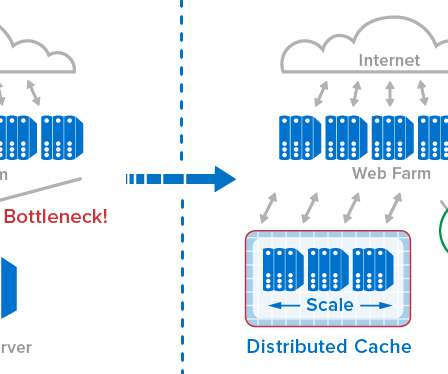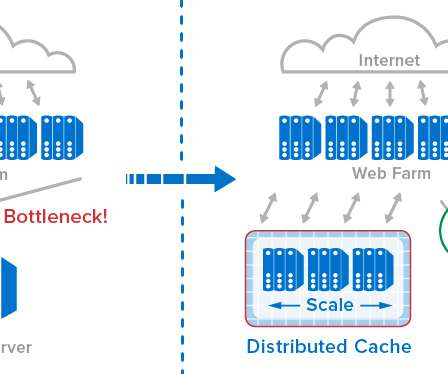Real-World Effectiveness of Brotli
CSS Wizardry
APRIL 22, 2020
One of the more fundamental rules of building fast websites is to optimise your assets, and where text content such as HTML, CSS, and JS are concerned, we’re talking about compression. The de facto text-compression of the web is Gzip, with around 80% of compressed responses favouring that algorithm, and the remaining 20% use the much newer Brotli. Of course, this total of 100% only measures compressible responses that actually were compressed—there are still many millions of resources that could














Let's personalize your content